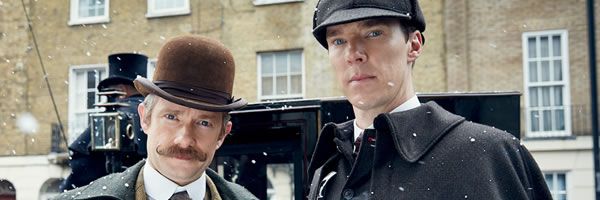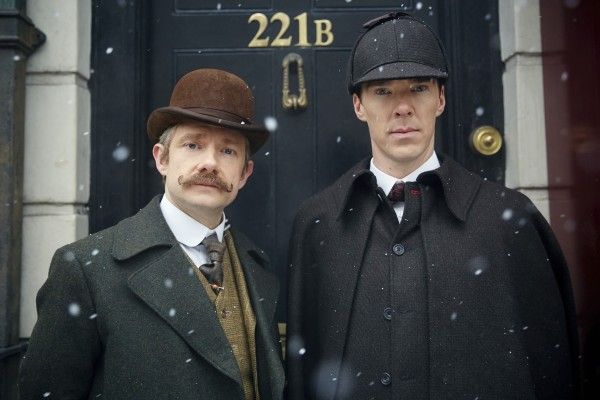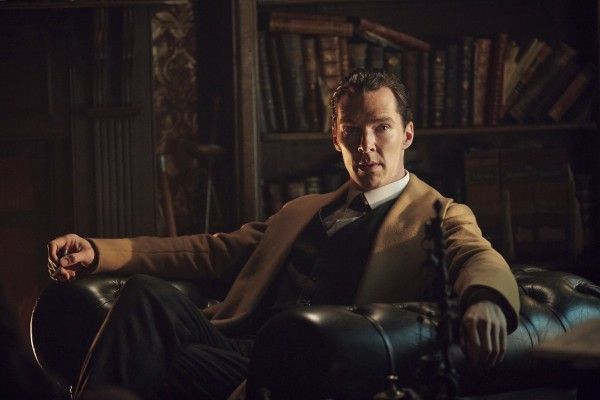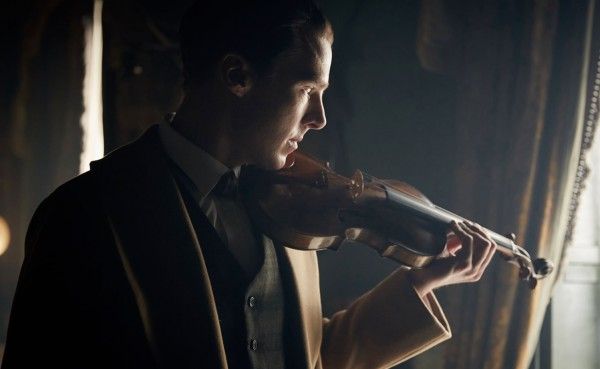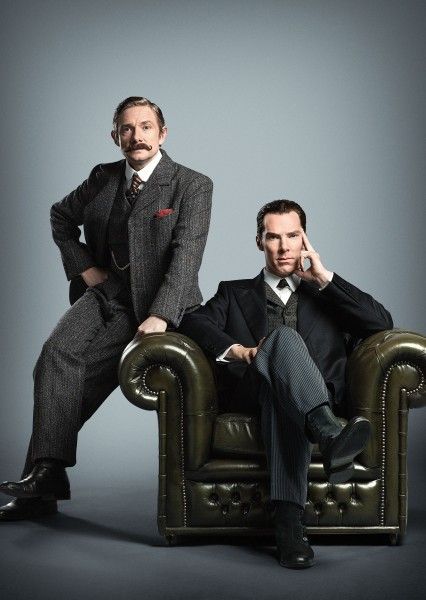It’s rare that a series gets to do an adaptation of its own adaptation, but that’s exactly what writers and creators Steven Moffat and Mark Gatiss achieved with the Christmas Special episode Sherlock: The Abominable Bride. Subverting their own subversion, they catapulted Sherlock Holmes (Benedict Cumberbatch) and John Watson (Martin Freeman) back to the time of Sir Arthur Conan Doyle’s source material, in order to tell a one-off Victorian tale that was, prior to its premiere, shrouded in mystery.
And now, of course, it all makes sense (right?) and that reality is a little disappointing. “It’s all a dream” (or a drug-induced mind-palace-dwelling hallucination) is one of the most groan-worthy ways for any story to conclude, and even though Sherlock: The Abominable Bride ping-ponged back and forth through time, it felt like too neat of a cheat.
At the start, The Abominable Bride was absolutely delightful as an alt-history, meta-infused version of the Sherlock we know and love. Back in the 1880s, with Watson as the storyteller and Sherlock Holmes sporting the iconic deerstalker, there were some fun twists on the Sherlock-Watson origin story from this iteration’s premiere (all the way to the mirrored, vintage title sequence). Mycroft (Gatiss), as some sort of suicidal balloon, was also a silly and fun changeup (and more like the original stories), as was the usually quiet and retiring Molly Hooper (Louise Brealey) turning up as a curt and confident crossdresser. Mrs. Hudson (Una Stubbs), though, remained her timeless self, and Lestrade (Rupert Graves) didn’t change much either. The show also gave a few moments to some other memorable cast from the past, like Anderson (Jonathan Aris) and Irene Adler (Lara Pulver, in a locket photo), though only in passing.
All of this was much more fun than the actual case, the solution of which was telegraphed fairly early through Mary’s (Amanda Abbington) arrival at Sherlock’s flat. As a mysterious, cloaked figure dressed in black, she was the dark shadow of the murderous Bride dressed in white, and the episode’s heavy-handed themes of gender inequality set the stage for … what exactly? A feminist death cult?
Though Mycroft and Sherlock both explain away the women’s killer intentions (and successes) as “progress,” one can’t help but be disappointed by the implications. Still, the real sin of The Abominable Bride was that it just wasn’t a particularly good case. And part of it may have been because of its truncated timeline, due to the show’s other ghost.
I will be the first to stand in praise of Andrew Scott’s weird and wonderful portrayal of Professor Moriarty, but the show has made him into something of an albatross. By killing him off (which perhaps happened too soon), the series was left without its principal villain and foil. And yet, Sherlock also won’t let him go. Moriarty is best used sparingly, be it as a mastermind or a spectre, and The Abominable Bride was much too indulgent with his presence. Knowing, ultimately, that he really is dead (that it’s not a trick on Sherlock) made his reappearance feel more like a trick on us, and one that won’t hold up well on rewatching. The idea that Moriarty still haunts Sherlock’s mind is an interesting one, and Watson being the one to “save” Sherlock was a nice touch, but the theatrics in between felt overwrought (with the time perhaps better spent on other things).
Sherlock is at its best when it’s snappy, clever, and fun, which its first act achieved in spades (the sign language scene was a particular highlight, as were the parlor scenes). If the Christmas Special had just stuck to being a weird, unexplained alternative history of our cast, it would have been just fine. (As it was, the Victorian setting was an opportunity to pack in almost every Sherlock Holmes reference possible — a nice set of easter eggs for fans). Using it as a bridge between Seasons 3 and 4 didn’t work quite as well, though, even as tantalizing as some of the Moriarty twists first seemed.
Still, there are some interesting portends for fans to pick apart leading up to the new season: Moriarty is dead, but his influence lingers (and Sherlock knows how), and a glimpse into Mycroft’s notebook divulged a few points of interest into what might be coming next (a reference to Sherlock's childhood dog Redbeard, as well as ”611174,” "Vernet,” and "Scarlet Roll”).
Back to Bride -- Cumberbatch, Freeman, and the entire cast were all as charming and lovable as ever, of course, and managed to elevate scenes that were otherwise miscalculations. They were ultimately let down, though, by the Special’s time-jumping structure, and its endless fascination with Moriarty. As interesting as that relationship can be, it can't hold a candle to the one between Sherlock and Watson. After Watson booted Moriarty off the cliff, he commented, “it was my turn.” As well it should be. Sherlock then dove off the cliff himself, and back into the present. There’s no more time to dwell on the past. The game is afoot.
Rating: ★★★ Good
Sherlock will return with its fourth season in 2017.

